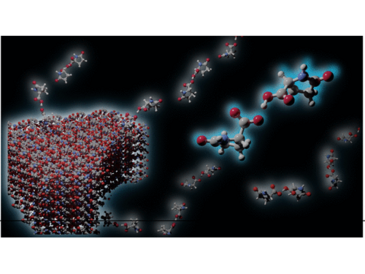G. D. Mirón, C. R. Lien-Medrano, D. Banerjee, U. N. Morzan, M. A. Sentef, R. Gebauer, and A. Hassanali
J. Chem. Theory Comput. 20, 3864 (2024)
Recent experimental findings reveal nonconventional fluorescence emission in biological systems devoid of conjugated bonds or aromatic compounds, termed non-aromatic fluorescence (NAF). This phenomenon is exclusive to aggregated or solid states and remains absent in monomeric solutions. Previous studies focused on small model systems in vacuum show that the carbonyl stretching mode along with strong interaction of short hydrogen bonds (SHBs) remains the primary vibrational mode explaining NAF in these systems. In order to simulate larger model systems taking into account the effects of the surrounding environment, in this work we propose using the density functional tight-binding (DFTB) method in combination with non-adiabatic molecular dynamics (NAMD) and the mixed quantum/molecular mechanics (QM/MM) approach. We investigate the mechanism behind NAF in the crystal structure of l-pyroglutamine-ammonium, comparing it with the related nonfluorescent amino acid l-glutamine. Our results extend our previous findings to more realistic systems, demonstrating the efficiency and robustness of the proposed DFTB method in the context of NAMD in biological systems. Furthermore, due to its inherent low computational cost, this method allows for a better sampling of the nonradiative events at the conical intersection which is crucial for a complete understanding of this phenomenon. Beyond contributing to the ongoing exploration of NAF, this work paves the way for future application of this method in more complex biological systems such as amyloid aggregates, biomaterials, and non-aromatic proteins.


